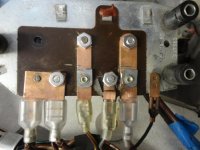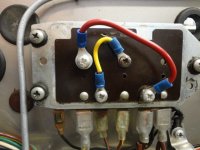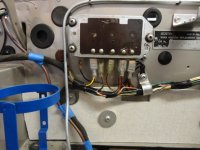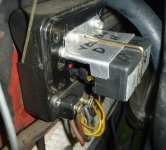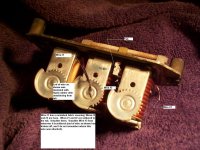We are converting to an alternator on our 64BJ8. I have read the numerous posts on doing this and understand all but the following. What modification must be done (if any) to the RB340 regulator other than NOT RE-CONNECTING the "F" terminal wire? Some say the regulator needs gutted, if so what is done? I want to retain the regulator and use it a a connector block as many have suggested. There are several wiring diagrams as to what goes where when using an alternator which we understand. But what we do not know is the internal wiring diagram of the regulator itself. We are using a Delco 10SI alternator which many recommend.
So can I use the regulator as is as long as the F terminal is not used, or must there also be some snipping (gutting) inside? Please advise.
Thanks
jjs64bj8
So can I use the regulator as is as long as the F terminal is not used, or must there also be some snipping (gutting) inside? Please advise.
Thanks
jjs64bj8

 Hi Guest!
Hi Guest!

 smilie in place of the real @
smilie in place of the real @
 Pretty Please - add it to our Events forum(s) and add to the calendar! >>
Pretty Please - add it to our Events forum(s) and add to the calendar! >> 


